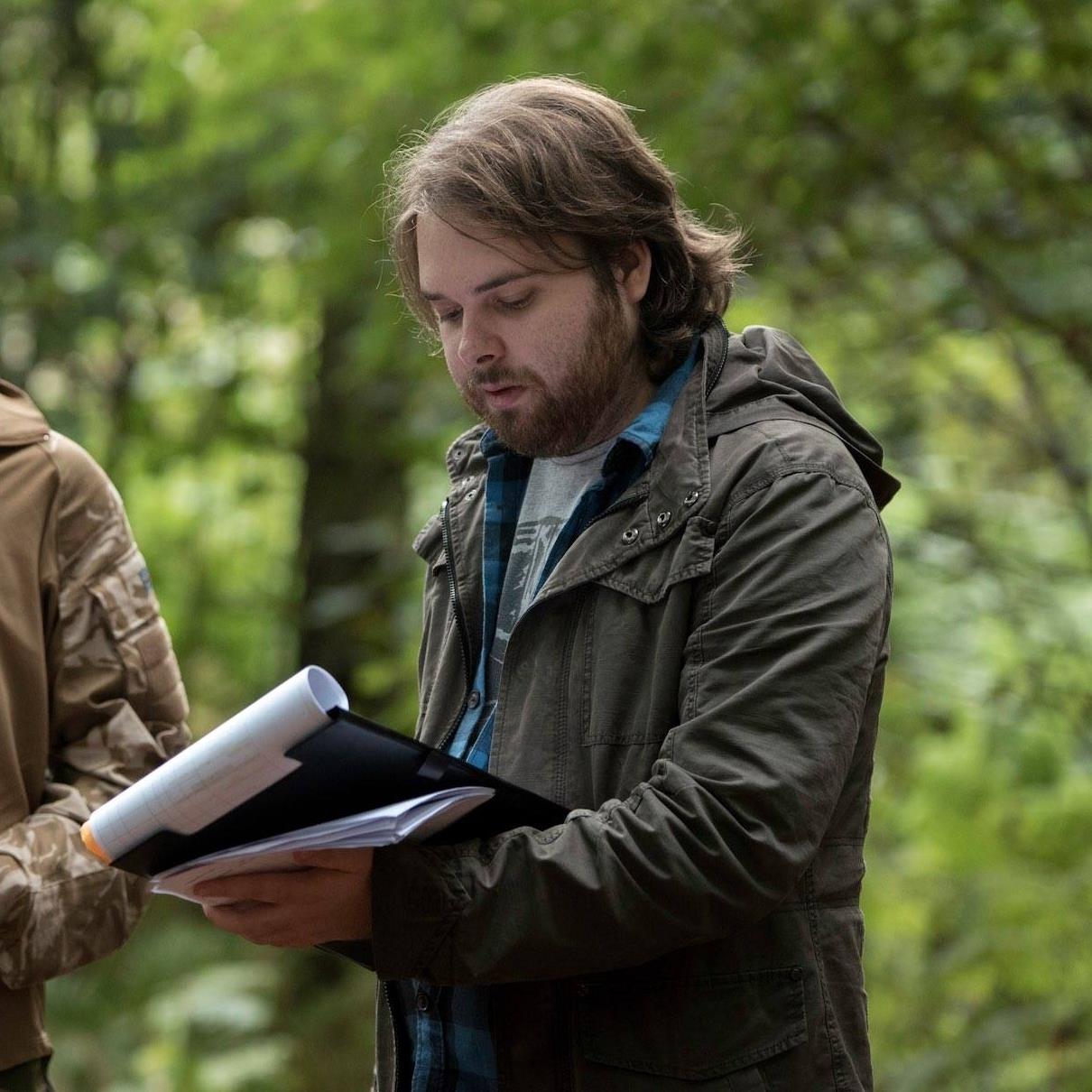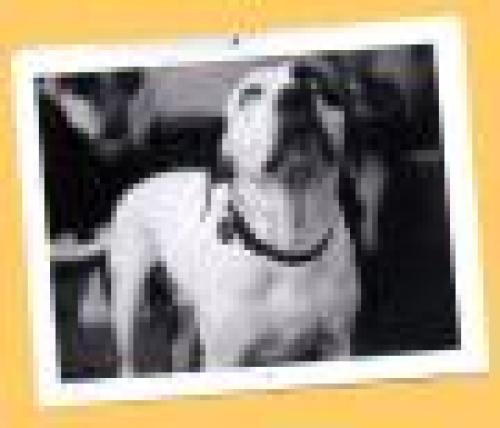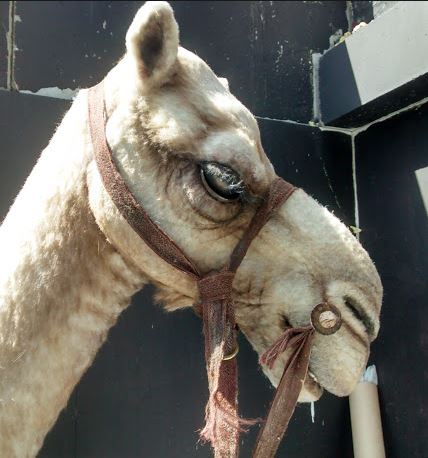ASK & DISCUSS
INDEXWhat makes a good script supervisor?
10 years, 2 months ago - Charles Fairs
I've done the job before and know what it involves, but what makes a really GOOD scripty? It's the role I'd like to do regularly until I'm at a point where I can consistently work on my own scripts and such, so I'd like to know how to set myself apart, as it were. What do directors and producers expect of a good supervisor on bigger productions? What can I do to really do a good job? Any advice would be welcome.
Only members can post or respond to topics. LOGIN
Not a member of SP? JOIN or FIND OUT MORE
10 years, 2 months ago - Dan Selakovich
First, forget directors and producers. YOU are the EDITOR'S only link to set. Impress the editor. So, with that in mind, just do your job properly (btw, most directors don't have a clear understanding of what your job is). If I'm on a show, and have worked with a bad script super in the past, and they hired you, I will make sure they un-hire you.
Is the lined script accurately done? I absolutely hate it when I'm looking at a lined script, and the script super has been lazy about what dialogue is shown on screen and which is not.
Not giving the correct lens length or no lens length at all drives me nuts. Editors can tell a lot about a shot from that simple note.
Make sure your timing is correct as you can get it. As an editor, I do my own script timing because most script supervisors get it way, way, off. I have never been more than 2 minutes or so off of the final cut (though I've never worked with someone like Richard Curtis, so there's that). Script timing is extremely important if you're shooting on film, but still important if shooting digitally. If you notice that the running time of shots are much shorter or much longer than the official timing, make sure you tell the producer. Sometime after the first week is enough to figure the average.
Make sure that a mistake is listed as "per director" if they've made a conscience decision to break a rule. As in "line cross: per director" says that you told the director he was crossing the line, but he chose ignore you.
For the love of god, make a note of screen direction. Too many times I've seen screen direction mucked up. Even on digital shit were you can look at it before you shoot the other side of the scene two weeks later.
In the days of film, we'd have circled takes. Those were the takes to be printed by the lab and sound house. Some directors still use them when shooting digitally. They are completely necessary when shooting on film. I've been on shoots where as many as 30% of circled takes don't match between sound and camera. They put the editing room a day behind. So at the end of the shoot day, get the sound guy and camera assistant together and make sure the circled takes match your notes. The script super has the final say on what the director wanted printed. One of the best supervisors I ever had told the camera and sound people NOT to circle takes at all. Then at the end of the day they all got together, and she told them which takes to circle.
Please make sure your shot descriptions are accurate. If a shot moves from an over-the-shoulder to a single, say so, and on what line the camera pushes in. On complicated shots, feel free to draw a staging diagram.
On a personal note, I absolutely hate British style slating. It's absolutely no help in the editing room and slows things down considerably. I honestly don't know why anyone would use it, but hey, that's me.
For those newbie directors out there, here's what the script supervisor isn't: They are not in charge of all continuity!! They are in charge of actor continuity. Props is in charge of prop continuity. Makeup is in charge of makeup continuity. Wardrobe is in charge... I think you get my point. Even with experienced directors, I see the script super getting blamed for shit that's not her/his job.
Take lots of photos. If you can save the prop person's bacon, for example, they'll love you forever. If I were a script super nowadays, I would set up a private website that only department heads could access. Post all of your production photos on that site so people like wardrobe and props can access it if they forgot to take their own photo or there's some confusion. I wouldn't be surprised if there isn't some sort of site already set up for this sort of thing.
Besides the AD and director, the script super is the only other crew member that never gets a break. They are always working. If you're not always working, perhaps you're being sloppy or lazy. This is the BIGGEST difference between my early days of working on film and working digitally: the script supervisors that have only worked on digital productions are not as good as the ones that have worked on film. Really, there's no contest.
In the end, diplomacy is your best friend. There are a lot of directors around that don't like being told they're making a mistake. But you have to tell them. And if you notice something wrong that isn't your department, tell the person in that department (like if a strand of hair is in the actors face on the 2nd setup and wasn't in the 1st set up, tell the set makeup person).
Being a script supervisor has to be one of the hardest jobs on a set. I have a huge amount of respect for the good ones. If a bad one isn't hacking it, I will visit the set, and you have exactly one day to fix your shit before I got to the boss. I hate doing that, but you being bad slows me down. And post schedules are extremely short now and I'm the one that will get blamed for not working fast enough. I have never missed a deadline, but damn, don't make me work until all hours because you're sloppy. I don't do that to the sound people that come behind me, so don't do it to me.
10 years, 2 months ago - Dan Selakovich
HA! I guess it's whatever you're used to. I worked in NZ for a while, and didn't care for the slating system at all (from an editing room perspective). It added a step. If you wanted to know what scene slate 327 was, you had to look that up. Much simpler to just know that you've got scene 24A take 2.
Screen direction: as you know, Karel, you might shoot the 2nd side of a scene weeks or months later. Usually you don't have to worry too much about which direction a character is facing on a CU (but then again, I've fixed some films where 2 characters were facing the same direction. You wonder what the hell went on that day on set). But more for action scenes where movement is conflict, or scenes where someone is being followed: You don't want two characters to be walking toward each other if one is supposed to be following the other. So screen direction might be both characters traveling screen left to screen right. Or something like a road movie where characters are driving from NYC to LA, that's a right to left screen direction. It can be unnerving to have some scenes where the car is going left to right and some scenes where it's traveling right to left.
I know you know this stuff, Karel. I just wanted to do a more complete explanation for those that don't.
10 years, 2 months ago - Paddy Robinson-Griffin
Masterclass from Dan there, I love his posts, always learn something.
From a production point of view, you will also provide reports to the PM, and those reports will be used as the basis for progress reports to investors. Production needs to know if scenes were cut, pushed, added, which scenes were actually covered, etc., it helps them to stay connected to the actual shoot on the floor.
You will work late, and it's pretty thankless, but get it right and you'll be an essential part of any film, and deserve a higher credit than you'll get ;-)
10 years, 2 months ago - Karel Bata
Really? That's incredible. You never got "slated as..." in the notes?
10 years, 2 months ago - Karel Bata
Nice post Dan.
What do you mean by screen direction?
I'm a big fan of British boarding. The US system of putting Scene/Take and then adding might get you
Scene 51A Take 1,2,3
Scene 51B Take 1, 2 P/U etc.
which is in theory great. But it's so easy to make a mistake, especially if you're shooting out of order as you usually are. The British system is so straight-forward you can almost automate it.
I got my first paid work in the biz as a video playback operator - I did a stint on Interview With The Vampire. (And I was one of the first to go 'digital' with the Panavision PVAP. There's a small blog on it here: https://karelspeaksout.wordpress.com/2013/02/25/panavision_pvap/ )
Anyhows, I quickly discovered that continuity ladies (never saw a man doing the job) loved us. I kept (though few video ops did) a paper log of Slate/Take, Min/Sec on tape, some camera notes, and of course if it was a Print. The number of times someone (camera / sound / sometimes continuity, but rarely) would ask me what my notes said... It was relatively easy to say "Can you find me 3/7 and 116/2". Using non-sequential scene numbers would have led to me asking "Er, when did we shoot that?" And god forbid that someone stepped in if you were pulled off a shoot, which is tough enough already, and then had to make sense of your notes.
When I've shot my own stuff the slate/take are written directly on to a copy of the script. Isn't that what everyone does? Easy to decipher later.
10 years, 2 months ago - Dan Selakovich
Nope. Not once. Even in the early non-union days with impossible work hours, there were lots of mistakes, but none were a miss-slate. The only one I can remember didn't have a slate at all. An MOS shot from the 2nd unit. We had to ask "what is this for?" Or the sound person had to correct his voice slate "correction this is 24A TAKE 2 TAKE 2". But the sound slates aren't really a concern, as you're spooling down with the film when syncing, it's going to fall in the same place as picture.
The big problem is if circled takes don't match. A real nightmare. Some years ago, when digital editing was the norm, a friend of mine was making an ultra low budget credit card movie and asked if I'd edit for free because they were editing on film. I just couldn't, but I said I'd assistant edit for the 15 day shoot. The production mixer had only worked on films that were either shot digitally or edited digitally. He circled the takes HE liked. A nightmare. And no matter how many times I went to set, he ignored my request to do it properly. I asked the script super if she could take his sound notes and do it right. She said "I'll try, but I think he's from a country that doesn't respect women, and it's hard working with him." (He was from somewhere in Africa). So everyday, I'd have to order the correct shots printed. It cost my buddy a fortune. And every night at dailies, there would be dialogue scenes with slug filler for sound, yet, the guy kept doing it his way. Strange. I guess you get what you pay for.
10 years, 2 months ago - Dan Selakovich
I was going to let this slide, Karel, but I can't. Of the thousands and thousands of scenes over the years, both as an assistant editor and editor, I've never found one slated incorrectly with the American system. Not once. It's the one thing even bad script supervisors get right! Whew. There. I feel better.




